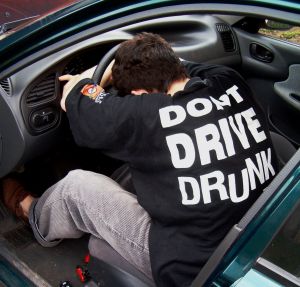
The warning not to drive a motor vehicle while under the influence of alcohol is probably one of the highest-profile messages that we hear from law enforcement and other government agencies, public officials, and interest groups concerned with the problem. Our San Francisco automobile accident law firm often finds that the foregoing message has not been heeded by one or more of the parties in many of the cases it handles. And repeated news accounts of deadly DUI accidents as well as statistics show that this simple bit of sound advice is still lost on far too many people.
Because the advice of not driving a motor vehicle while under the influence of alcohol has become almost like a mantra, one would expect that this message should resonate most emphatically with the law enforcement officials who often promulgate it. However, public officials or even the peace officers who are entrusted with enforcing DUI laws can find themselves arrested for drunken driving. A unsettling example of this problem was detailed in the San Francisco Chronicle on Friday, when the newspaper reported that an off-duty San Francisco Police Department sergeant was arrested on suspicion of drunken driving and hit and run after he allegedly slammed his own vehicle into a parked car in San Francisco’s Sunset district Tuesday night. The police officer who was arrested, Sgt. Thomas Haymond, 52, is a 22-year veteran with the SFPD. A witness reported the collision, and police tracked a trail of of debris from the crash scene to Haymond’s home.
The statistics on drunken driving in the United States, unfortunately, continues to be a messy trail of facts, including these compiled by the national organization Mothers Against Drunk Driving:
- Almost every 90 seconds, a person is injured in a drunken driving crash.
- In 2011, 9,878 people died in drunken driving crashes, or one every 53 minutes.
- Every day in the United States another 27 people die as a result of drunken driving crashes.
- The typical drunken driver has driven while under the influence of alcohol 80 times before getting arrested for the first time.
- Fifty to 75 percent of convicted drunken drivers continue to drive on a suspended license.
- Drunken driving costs the United States $132 billion a year.
The impact of drunken driving isn’t limited to the motorists involved in automobile crashes, but also pedestrians and bicyclists. According to the Bureau of Transportation Statistics, in 2010 alcohol was a factor in 2,020 – or 47.2 percent – of pedestrian fatalities and 209 – or 33.8 percent – of pedal cyclist fatalities. However, the statistics on DUI-linked accidents are not all grim, as the BTS suggests that the application of so-called Zero Tolerance Laws may have been a factor in causing the number of alcohol-related fatalities in the United States to drop from 50.6 percent in 1990 to 42 percent in 2009.
Continue Reading ›
 San Francisco Injury Lawyer Blog
San Francisco Injury Lawyer Blog


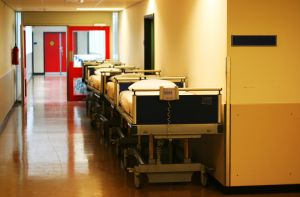


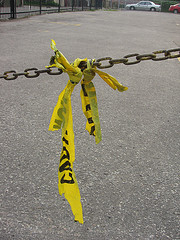 A tragic accident took the life of a toddler in an Oakland parking lot on Wednesday. The
A tragic accident took the life of a toddler in an Oakland parking lot on Wednesday. The 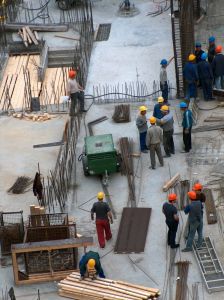



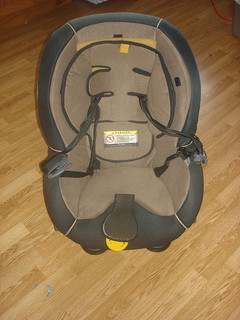 CDC Statistics on Child Injury & Child Safety Seats
CDC Statistics on Child Injury & Child Safety Seats